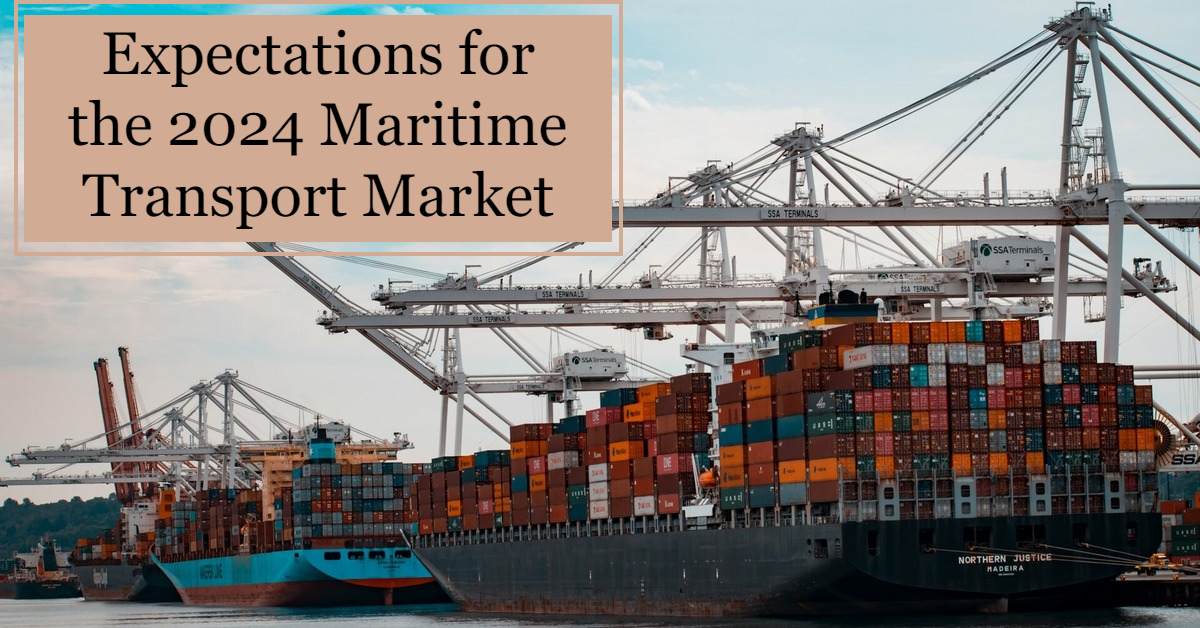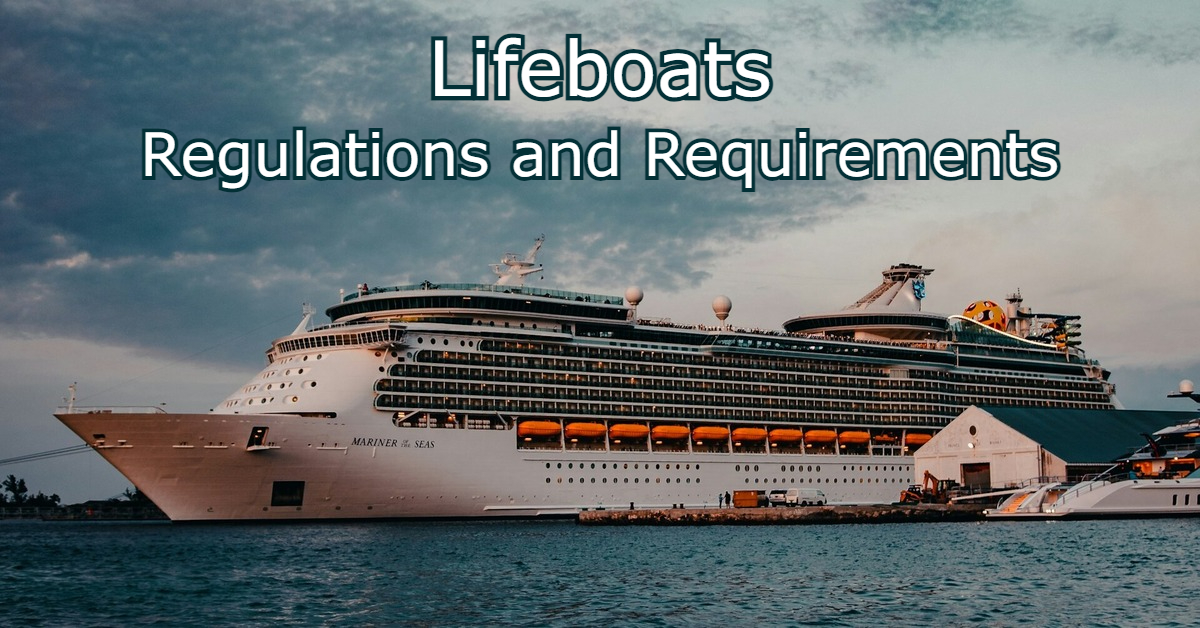Cargo ships are classified according to their sizes as well as the fuel they can carry. For instance, Panamax size cargo ships can carry approximately 5,700 MT up to 8,000 MT, meanwhile, Post-Panamax size cargo ships can carry roughly between 9,500 MT to 13,000 MT of fuel.
For New-Panamax sizes of cargo ships, they can store around 12,000 MT to 15,000 MT of fuel, while large cargo ships like Triple E hold more or less 15,000 MT to 16,000 MT of fuel for consumption.
Accordingly, large ships can consume about 250-350 MT per day with a top speed of more or less 24 knots. In relation to that, re-fueling should be planned ahead so that shortage of fuel will be avoided.
The ship’s fuel quantity should be monitored closely. Abrupt changes in the level of fuel will be quite alarming for both the engineers and the office, that’s why constant checking and measuring should be done. Moreover, it will be beneficial also to maintain a good practice of reducing fuel consumption in small ways.
With this, not only you can save money but also you can keep the engines running at their maximum efficiency and most likely save the environment some problems. But does ship size affect fuel consumption?
Well, let’s find out about the succeeding topics.
How Do A Ship’s Speed And Size Affect Fuel Consumption?
A ship’s speed and its size vary great factors for consumption. As the speed increases, the consumption of fuel also increases, not to mention the state of the sea and the wind.
With rough seas, opposite currents, and head-on wind direction, this gives more pressure for the engine to move ahead thus needing more power to accelerate or maintain its speed, which results in consuming the extra amount of fuel.
Also considering the size of the ship, either its VLCC, Panamax or Suezmax, not to mention if it is in ballast condition or loaded state, this will also give impact the average consumption of fuel. The heavier, the more torque the engine needs to produce to keep it at its speed program.
How To Calculate Ship Fuel Consumption?
Fuel consumption must be calculated every noon of the day of the ship’s meantime, to know how much was consumed, if there’s an abrupt change in the consumption from the previous day (faulty flow-meter or leaks), or if the ship running on its expected program and consumption.
This report is submitted to the office every day to keep on track of the ship’s remaining on-board (rob) or bunker levels, consumption, and bunker requisition for the next voyage.
Fuel consumption is determined by flow meters fitted on the fuel line that supplies the main engine, generator, and boilers. Flow-meter (m3/h) readings, as well as the fuel temperatures, are to be recorded daily at 1200H of the ship’s meantime.
We can calculate the fuel consumption by:
- specific gravity (sg) of fuel oil @ 15◦C (T1)
- Coefficient factor = 0.00067 or 0.00065
- F.O. service tank temperature (T2)
- flowmeter of previous day @ 1200H (F/M)
- flowmeter of present day @ 1200H (F/M)
- 1m3 = 1000L
- Consumption in m3 = (F/M of present – F/M of previous) / 1000L
- Corrected Specific gravity = sg@15◦C – (T2-T1) x coeff. factor
- Consumptions in Metric tons (MT) = Corrected Sg x cons. in m3
In addition, flow meters should be recorded and reported during the arrival and departure of the ship. Also, it is necessary to take readings of flow meters during the commencement and completion of changing over of fuel, the commencement of sea passage (COSP), and the end of sea passage (EOSP).
If flow meters are not equipped onboard or are faulty, the daily sounding of tanks should be performed to keep track of the fuel consumption. Soundings/ullages should be monitored as well as the tank gauges and recorded on the sounding log.
What Is The Fuel Consumption By Ship And Size?
Approximately, fuel consumption depends on the ship’s size and speed and its engine – from 10 metric tons per day for small ships and barges up to 300 metric tons per day for large fast container ships.
For container ships with sizes like the Triple E class of ships, they can run with a top speed of 24 knots with 250-300 metric tons per day as their consumption. Meanwhile, the average consumption of VLCC tankers is about 70-100 metric tons per day at full speed. These consumptions change depending on if the ship is running on rough seas and is in ballast or loaded condition.
How to reduce fuel consumption in ships?
Fuel consumption onboard can be reduced in different ways. Most ships run on slow steaming to save money on fuel consumption. As the speed decreases, fuel consumption also decreases.
Also, you can start reducing fuel consumption by cleaning fuel oil filters regularly. Removing unwanted sediments can help increase engine efficiency. In addition, apply the company sent fuel oil additives. This helps proper combustion and helps decrease un-burnt fuel in the combustion chamber.
Having a working flow meter also helps monitor the ship’s performance and find the most efficient speed consumption for the ship. Aside from flow meters, you need to check your engine regularly, follow a pre-maintenance schedule, or notify if there are some malfunctioning injectors of the engine. Monitoring the exhaust gasses of each cylinder helps to determine whether there is an over-feeding due to leak injectors.
Checking the smoke of the engine also indicates a problem that reduces fuel efficiency.
- White smoke indicates some timing problems of injectors, or bad gaskets allowing cooling water to enter the cylinders.
- Black smoke indicates un-burnt to partially burnt fuel, starved for combustion air, or has worn injectors.
- Blue smoke indicates crankcase oil is burnt together with the engine’s combustion chamber due to worn rings, valve guides, or seals.
Moreover, follow and monitor weather changes, and plan your route as rough weather requires more engine power while gliding with them.
What Are The Types Of Fuel Used On Board?
Most of the ships run on HFO or heavy fuel oil. This kind of oil is heated, purified, and then lowered the viscosity down until it will be ready for use. HFO is a heavy residue obtained from cracking after almost
everything else has been distilled out of crude oil. However, since this fuel is very polluting, ships are forced to use cleaner fuel as they are near shores or enter some controlled emission areas.
MDO or marine diesel oil is a kind of fuel that is cleaner than HFO and more expensive. Some ships use MDO which complies with sulfur content emission in the fuel being burnt in some areas like SECA (sulfur controlled emission area). Furthermore, fuel changeover must be completed prior to entering these areas.
How Often Does A Cargo Ship Refuel?
Usually, cargo ships refuel after the completion of the voyage. They already calculated the fuel to be used prior to the voyage will start. The speed, distance, and approximate dates of arrival and departure up until the next bunkering plan and port are already calculated and reported to the office.
Few changes in the voyage may rise but there is always a contingency plan ready from the office and charterer with the coordination of the ship’s crew. However, with tight schedules on port and operations, they can always refuel at the nearest port when emergency cases arise.
In conclusion, a ship’s fuel consumption varies greatly with its size. Large ships consume a greater amount of fuel than smaller ones. Moreover, as the speed of the ship increases, fuel consumption also increases that’s why some ships run on slow steaming, especially if the ship has still no charterer, to save money on fuel.
Fuel consumption on ships must be calculated thoroughly in order to prevent shortages during the voyage. Also, installing flow meters help with the ship’s fuel calculation and monitoring of what speeds the ship can run efficiently to maximize the engine’s performance and reduce fuel consumption.




Leave a Reply